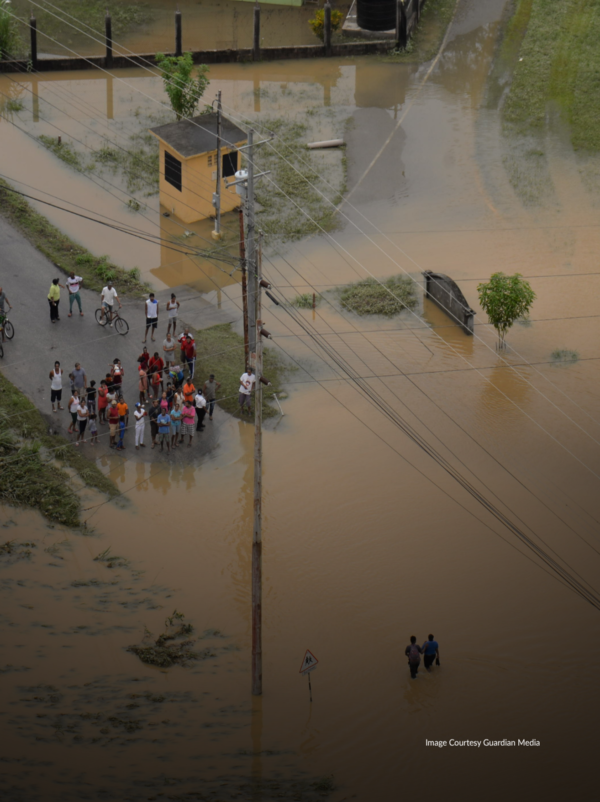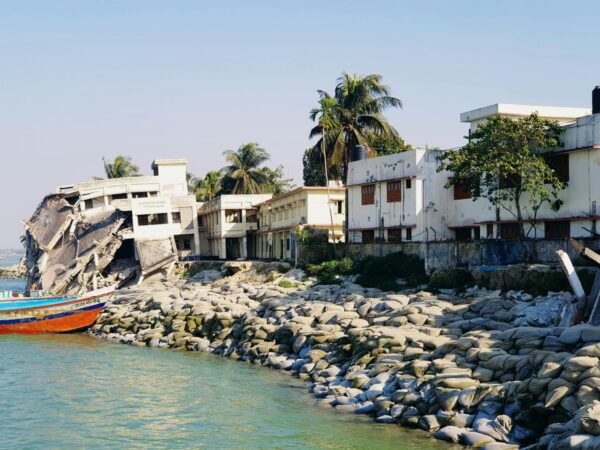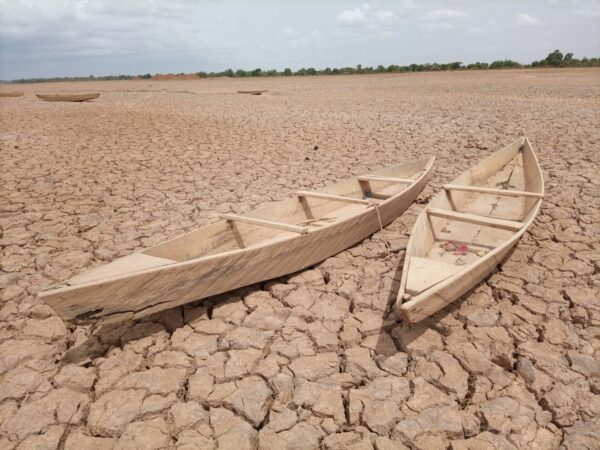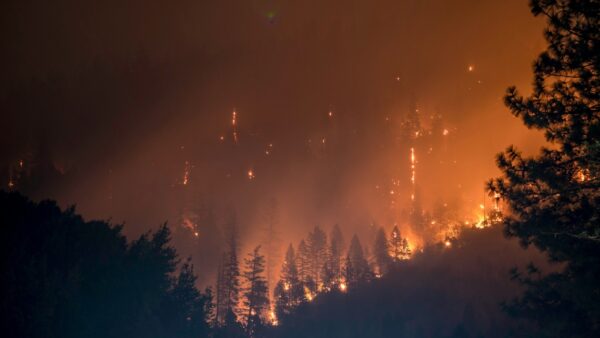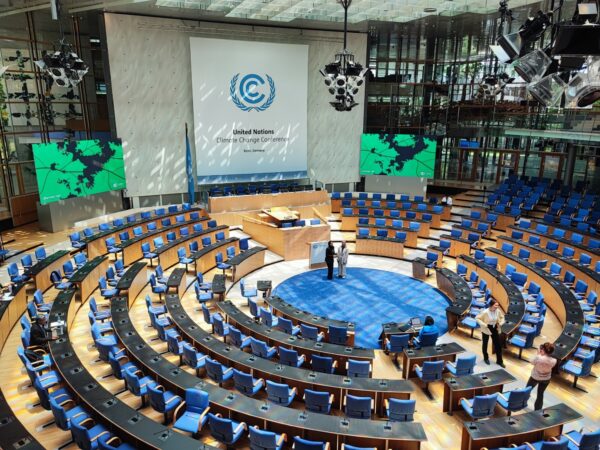Using existing databases to report on loss and damage in Biennial Transparency Reports under the UNFCCC
Authors
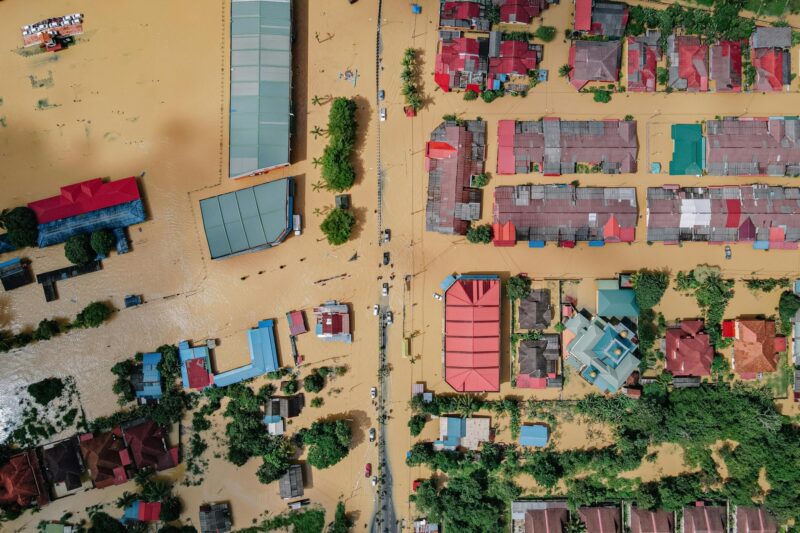
By the end of 2024, interested Parties can include information on loss and damage in their Biennial Transparency Reports (BTRs) under the United Nations Framework Convention on Climate Change (UNFCCC). However, information on financial loss and damage needs of developing countries remains scarce. Including national data to provide a bottom-up evidence base of such needs could contribute substantially to closing this information gap in the context of climate finance.
Calculating financing needs to respond to loss and damage requires response activities to be costed. For example, how much will it cost to relocate people in response to sea level rise? How much will it cost to rebuild all schools, hospitals and bridges after unprecedented storms? These are separate to the economic losses incurred due to climate change, which simply describe the value of lost assets (e.g. of houses, foregone income, lives lost).
However, countries are only just starting to articulate their loss and damage priorities – a logical first step before costing such priorities. Comprehensive financial needs assessments are therefore largely unavailable. Nevertheless, in their BTRs, developing countries can use existing data on observed climate-related disaster losses (both economic and non-economic) and associated recovery costs, which can serve as useful proxies until more comprehensive assessments become available. To date, only Vanuatu and Haiti have included specifically costed loss and damage activities.
Observed losses are also a useful starting point to determine cost of response. For example, knowing the value of destroyed hospitals, schools and bridges is a good basis to determine what it will cost to rebuild them. Observed climate-related disaster losses have already been used to highlight loss and damage burdens shouldered by developing countries in other reporting contexts under the UNFCCC.
This briefing proposes using climate-related disaster loss data from the EM-DAT and DesInventar databases (the two major global disaster databases that are publicly accessible) for BTR reporting. Similarly, Post-Disaster Needs Assessments (which often include estimates of recovery costs) could also be used to extract numbers on observed losses and associated recovery costs.
Further, developing countries may wish to consider national disaster loss databases as viable sources of information to be included under the loss and damage section of their BTRs. Given how scarce reporting of economic losses in developing countries is in global databases, such national reports can be particularly useful.
This briefing complements chapter 8 of the Training Material issued by the Consultative Group of Experts, which is more strongly focussed on assessment methods and gives less weight to the sources of information which are the main focus of this briefing.
This briefing also considers the distinction between climate-related events and other disasters to guide which disaster-related costs can reasonably be reported as climate-related loss and damage.

